In this article, we will discuss the history of the Pug breed, its physical and behavioral characteristics, as well as the care and training needs that are essential to keeping your Pug healthy and happy.
History of the Pug Breed
The Pug is one of the oldest dog breeds in the world, with evidence dating back to around 2,000 years ago in China. It is believed that the Pug was bred as a companion dog for Chinese royalty and later brought to Europe by the Dutch in the 16th century. In Europe, the Pug became highly popular as a pet and was eventually recognized as a breed by The Kennel Club in 1883.
Physical Characteristics of the Pug
The Pug is a small and compact dog, with an average height of about 30 centimeters and an average weight of around 6 to 8 kilograms. They have a large head in proportion to their body size, with a flat face and big, dark eyes. The Pug is also known for its distinct wrinkles, especially those that appear on the forehead and muzzle.
The Pug's coat is short and smooth, with a variety of colors available, including black, silver, apricot, and fawn. They have a curled tail, which is high and short, and their ears are folded.
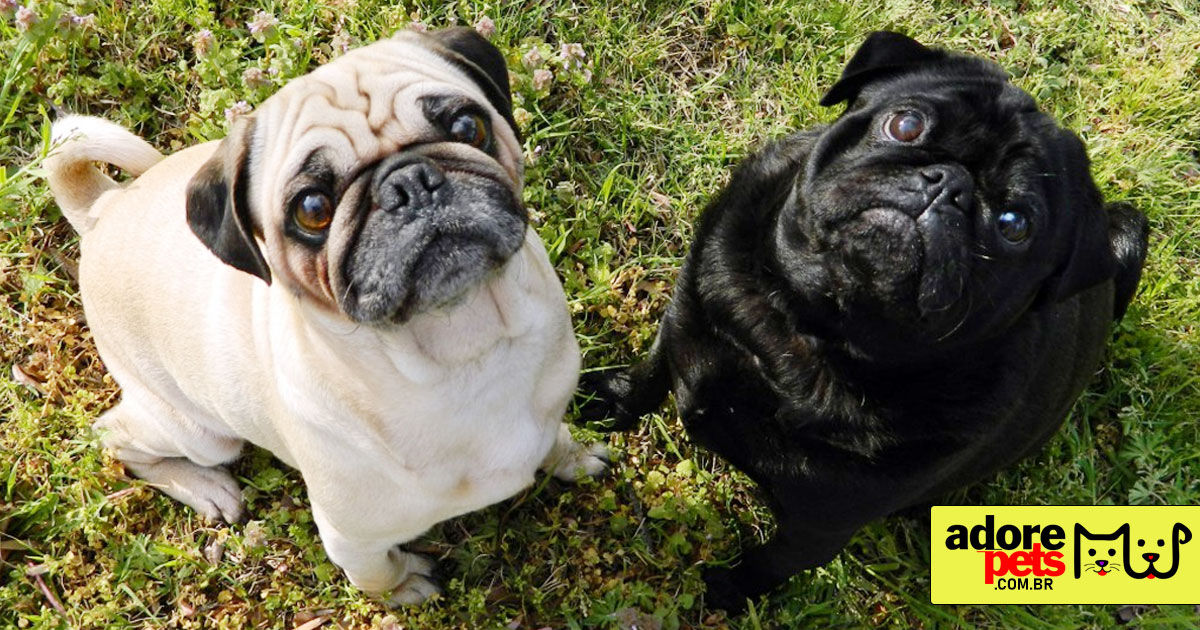
Behavior of the Pug
The Pug is a very social and affectionate dog, loving to be close to their owners and family. They are known for their funny and outgoing personality and are very active and playful. The Pug is a very friendly breed and generally gets along well with other people and animals.
However, Pugs are also known to be stubborn and headstrong in certain aspects, and they can be challenging to train in some behaviors. They also have a tendency to bark a lot, especially if not trained from a young age.
Care and Training of the Pug
The Pug is a breed that requires regular care to maintain its health and well-being. They are low-maintenance dogs in terms of physical exercise but need regular attention in terms of hygiene, especially in their facial wrinkles.
The Pug's short coat doesn't require much grooming, but it should be brushed regularly to keep the skin healthy and prevent the buildup of loose hairs. The facial wrinkles of the Pug should also be cleaned regularly to avoid skin infections and bacterial buildup.
Additionally, Pugs have a predisposition to health issues related to their flat face, including respiratory and ocular problems. It's essential for Pug owners to be aware of these risks and work with a veterinarian to keep their dogs' health in check.
Regarding training, the Pug can be a bit difficult to train due to their stubbornness and obstinacy. It's essential for owners to start training their Pugs from a young age to prevent behavioral problems in the future. Pugs respond well to positive reinforcement training, such as praise and rewards for desired behaviors.
Furthermore, Pugs need proper socialization from a young age to ensure they are friendly and well-behaved around other people and animals. This can be achieved by taking them to dog parks, public outings, and training classes.
Conclusion
In summary, the Pug is a friendly and charismatic canine breed that has become popular worldwide. They are known for their funny and outgoing personality, as well as their distinctive appearance. Pugs are low-maintenance dogs in terms of physical exercise but require regular care in terms of hygiene and health. They can be a bit challenging to train but respond well to positive reinforcement training. Overall, the Pug is a loyal and fun friend that can be an excellent family pet.








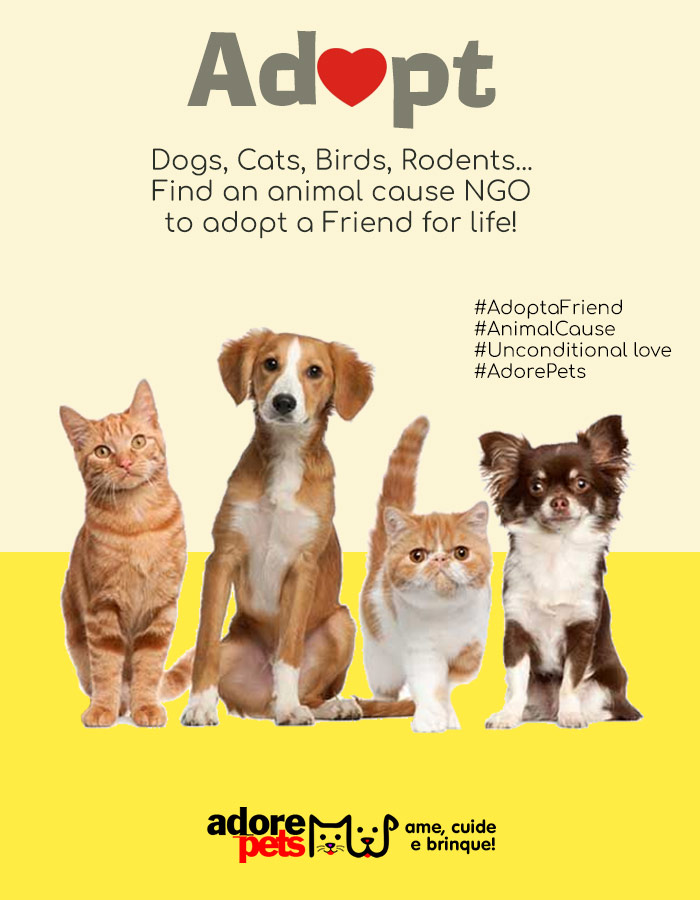



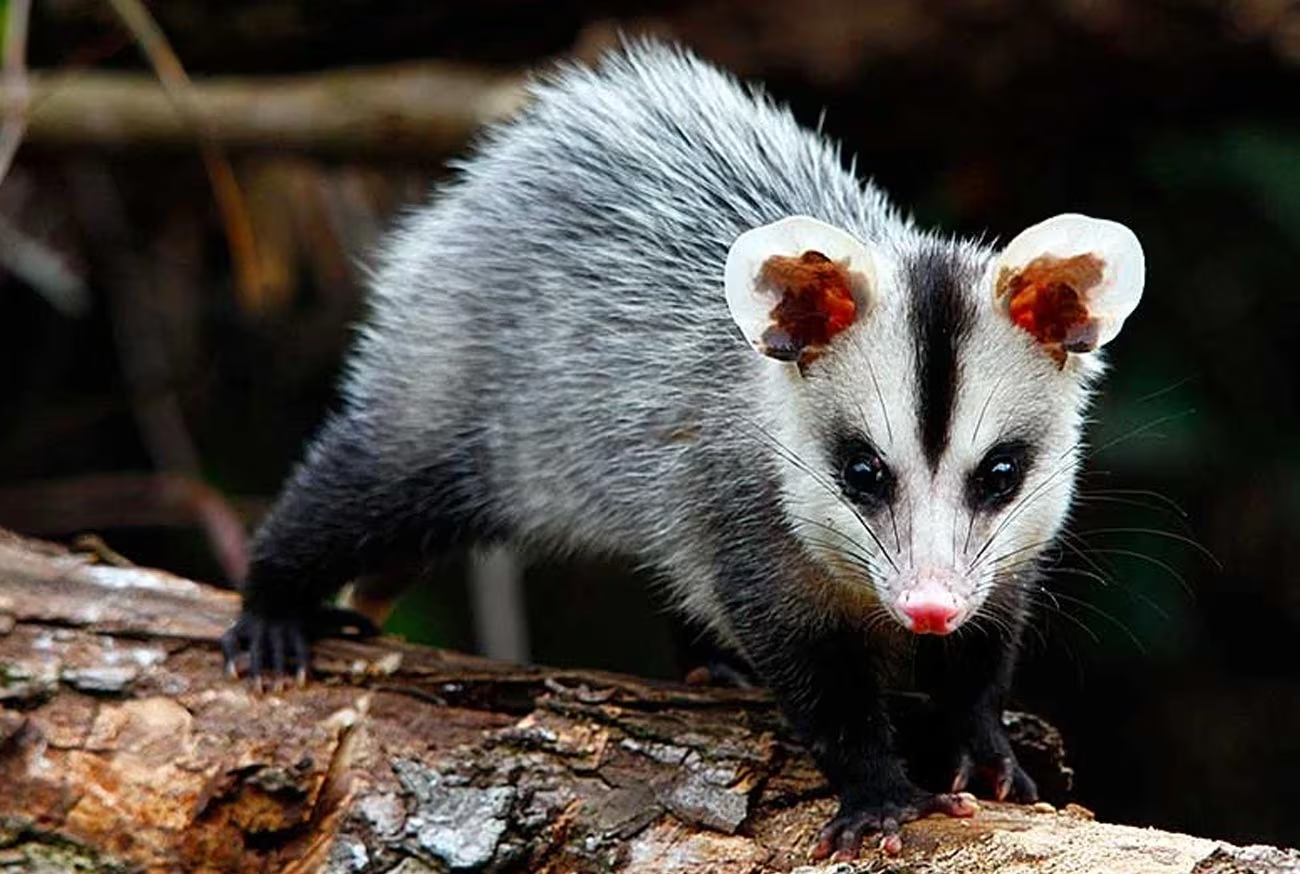
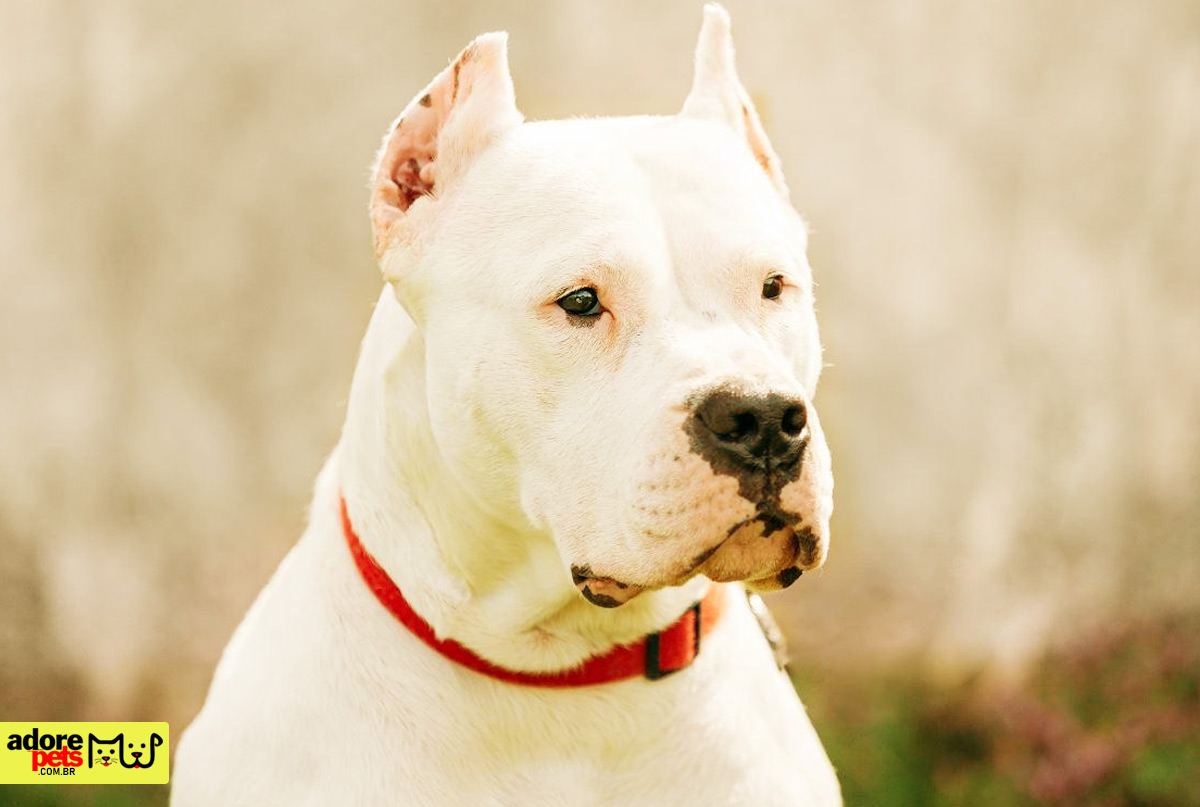
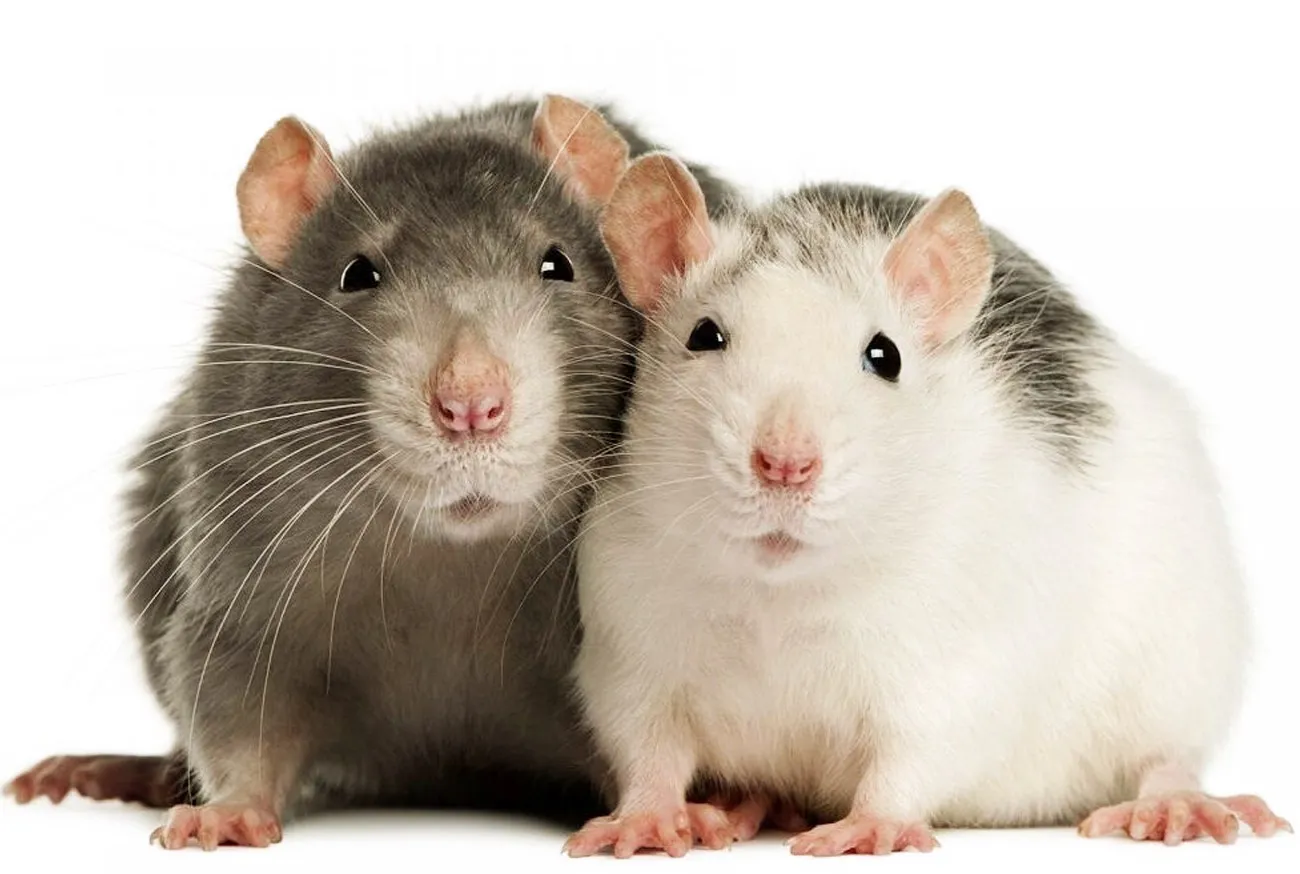


Add comment